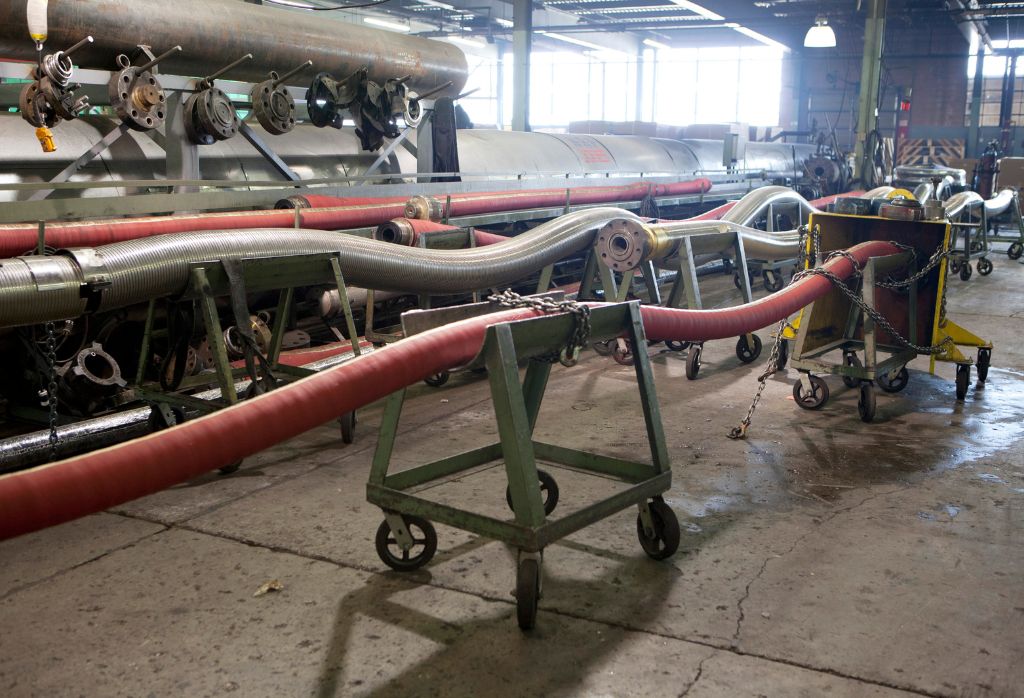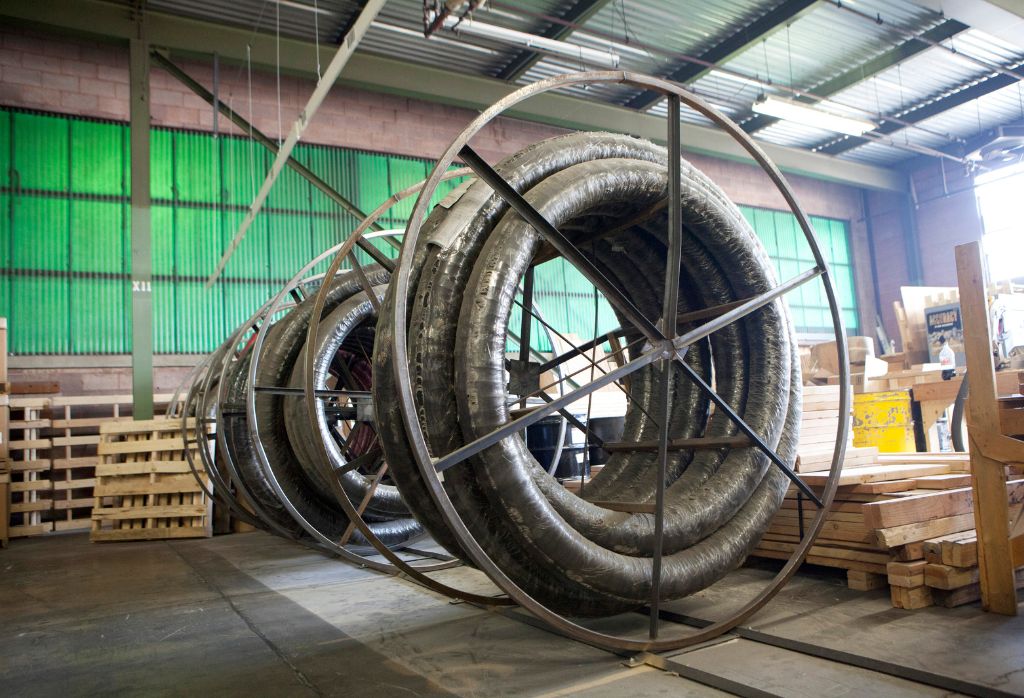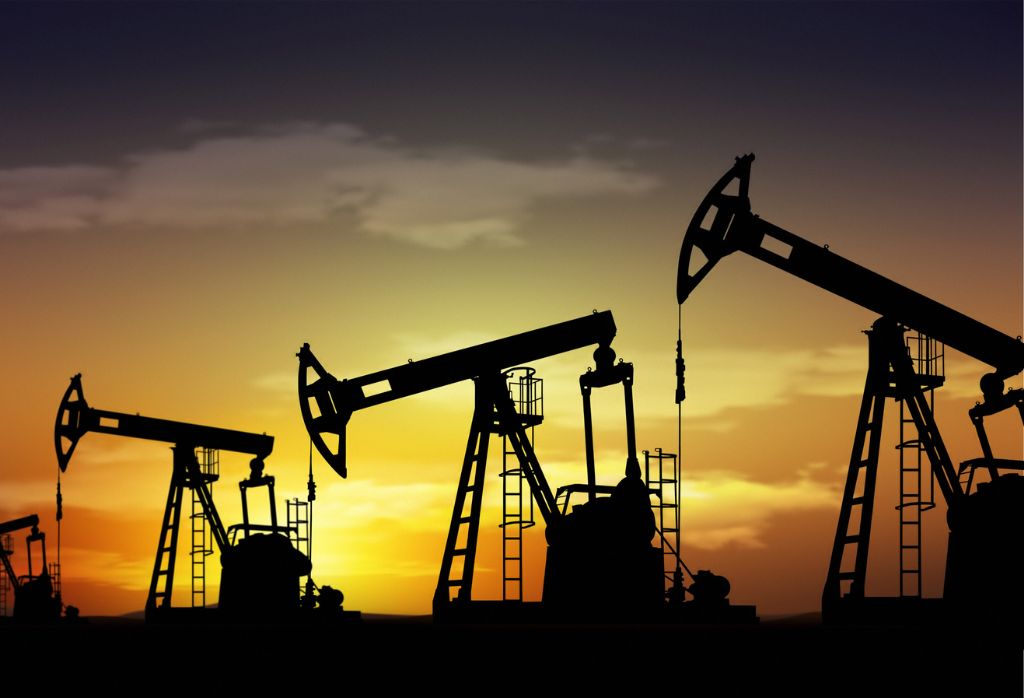Industrial Hoses: The Unsung Heroes of Oil & Gas Operations
The oil and gas industry is known for innovation, efficiency, and high-pressure performance—literally. And at the heart of many of these operations is a component that’s often overlooked: the industrial hose. As hydraulic fracturing (fracking) and horizontal drilling gained traction in the early 2010s, demand skyrocketed for oil and gas hoses that could handle rugged terrain, abrasive fluids, and extreme pressure conditions.
What followed was a massive shift in how industrial hoses were designed, sourced, and deployed. Today, selecting the right high-pressure hose isn’t just important—it’s essential for safe and efficient operations.
Meeting the Demands of Hydraulic Fracturing
Hydraulic fracturing changed the game for oilfield services. It introduced new operating environments and pushed hose performance far beyond what traditional designs could handle.
Standard hoses used in agriculture, pulp and paper, or steel industries simply weren’t equipped for fracking’s demands. Operators needed solutions that could withstand:
- High-volume water transfers over long distances
- Harsh environmental conditions
- Exposure to chemicals, proppants, and drilling fluids
- Pressures well above the norm
This need led to the rapid development of specialized hydraulic fracturing hoses.

Water Transfer: The Starting Point of Every Operation
Every oil and gas well begins with water—and lots of it. Millions of gallons must be moved to remote drilling sites, often across rugged, forested, or uneven terrain. For these long runs (sometimes up to 10 miles), water transfer hoses must be both durable and reliable.
Initially, PVC hoses were used, but they couldn’t handle the demands. A PVC/nitrile blend hose rated at 200 psi became a common solution. Eventually, polyurethane (PU) hoses emerged as the gold standard for water transfer hoses thanks to their:
- Greater abrasion resistance
- Higher pressure capacity
- Longer service life
As production scaled and pricing became competitive, PU hoses gained popularity, especially in 660-foot lengths purchased in 2–3 mile increments.
Drilling and Completion: High-Pressure, High-Stakes Hose Applications
Once water is on-site, the real work begins—and so does the need for a variety of purpose-built hoses. Each application requires a different set of performance characteristics.
- Drilling Hoses
These carry a mix of water, mud, and chemicals. They’re exposed to abrasive media and must be rated for at least 400 psi. Crimped terminations are preferred over band clamps for added safety. - Mud Pump and Drill Hoses
These high-pressure hoses transport fluids directly into the well. Because of their critical role, they must be manufactured to API (American Petroleum Institute) standards and routinely inspected for wear, pulsation, and motion-related stress. - Cementing Hoses
Used to pump cement downhole, these hoses handle high volumes and pressures. Like drilling hoses, they must meet API guidelines to ensure structural integrity and performance. - Frac Hoses
Fracking uses the largest number of hoses. These transfer the mix of water, sand, and chemicals into the wellbore at high pressures. Frac hoses must be abrasion-resistant, pressure-rated (typically 400 psi or more), and reinforced to withstand both the elements and rough handling in the field.
Routing these hoses is equally important. Tight bends increase stress and risk of failure. And because more than 90% of industrial hose failures start from abrasion on the outside, protective outer layers are key to extending hose life.
Lessons Learned and the Future of Oilfield Hoses
The U.S. shale boom revolutionized the oil and gas hose market. It forced manufacturers to innovate, collaborate directly with operators, and bring new products to market quickly. Many of those once-specialty hoses are now standard products for oilfield service companies.
Even as drilling activity slowed in recent years, the hose innovations that came out of the boom remain. Today’s oilfield hoses are more durable, more efficient, and more tailored to real-world conditions than ever before.
As exploration and production continue to pick up, there’s renewed demand for reliable, American-made hoses that can handle tough applications without compromising safety or performance.

Choosing the Right Industrial Hose Matters
At NRP Jones, we understand the demands of oil and gas operations because we’ve built hoses, right here in the USA, specifically to meet them. From custom water transfer hoses to API-rated drilling and frac hoses, our products are engineered, tested, and trusted in the field.
Whether you’re transferring water over rough terrain or injecting high-pressure frac fluid, we’re here to help you select the right hose—so your operations run safely and efficiently.
Looking for hose solutions built for the oilfield?
Contact us to speak with one of our application experts or explore our full line of industrial hoses for oil and gas.

